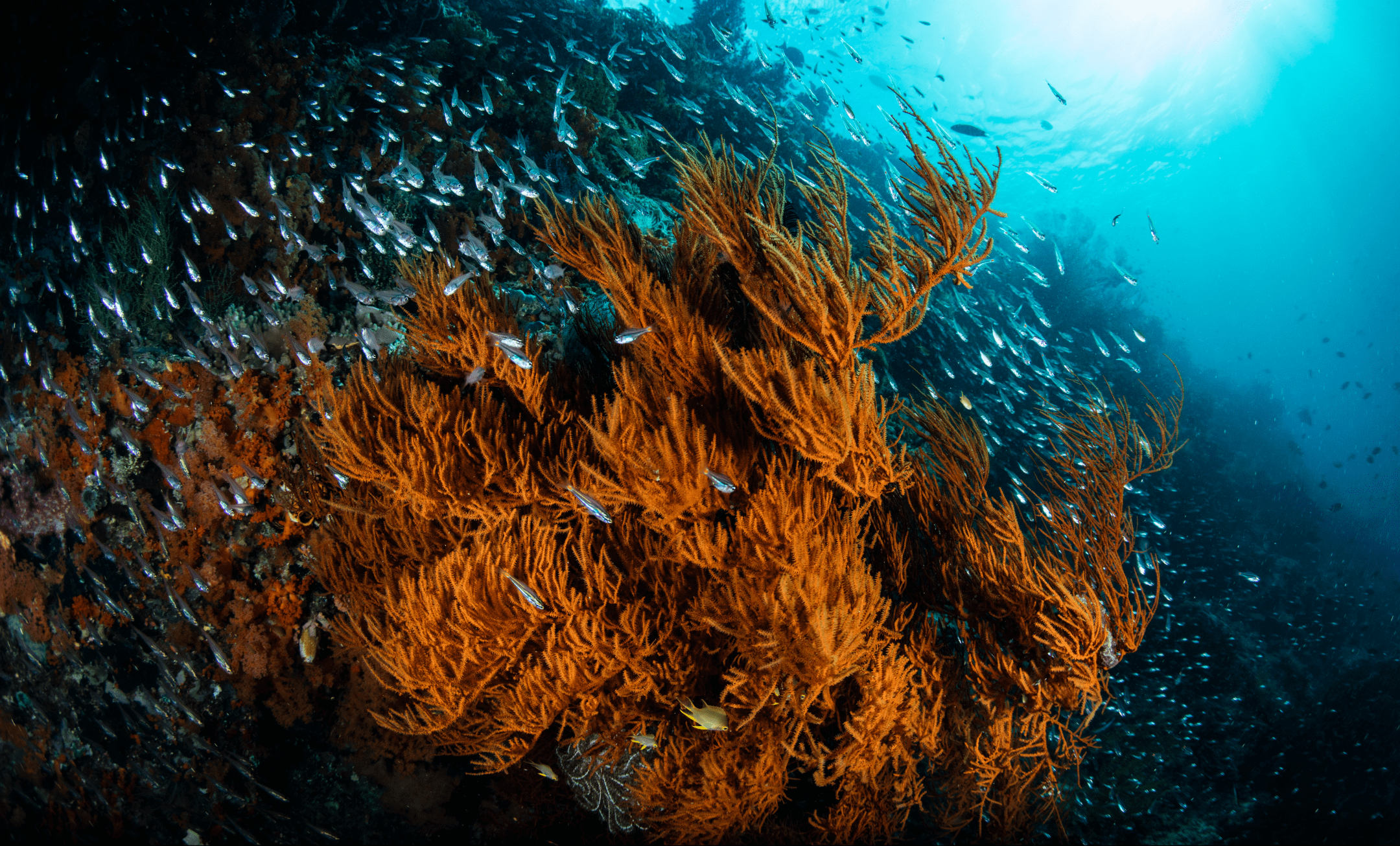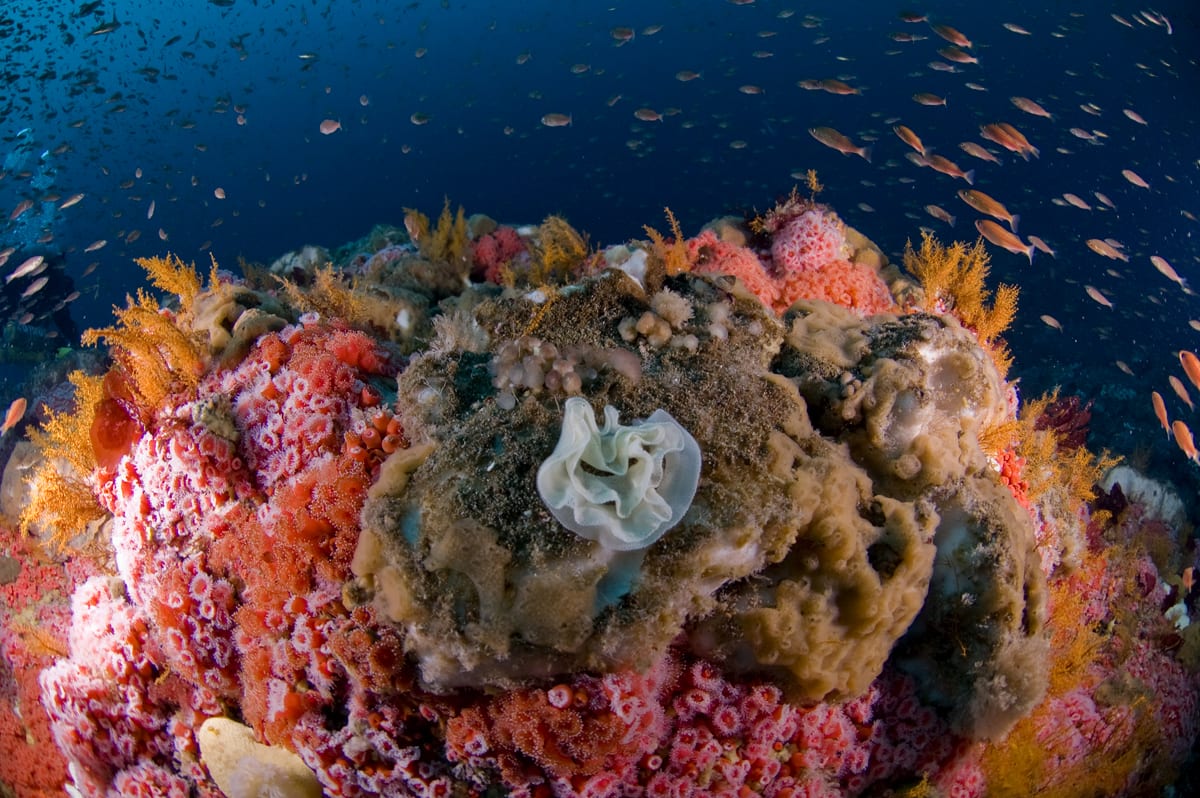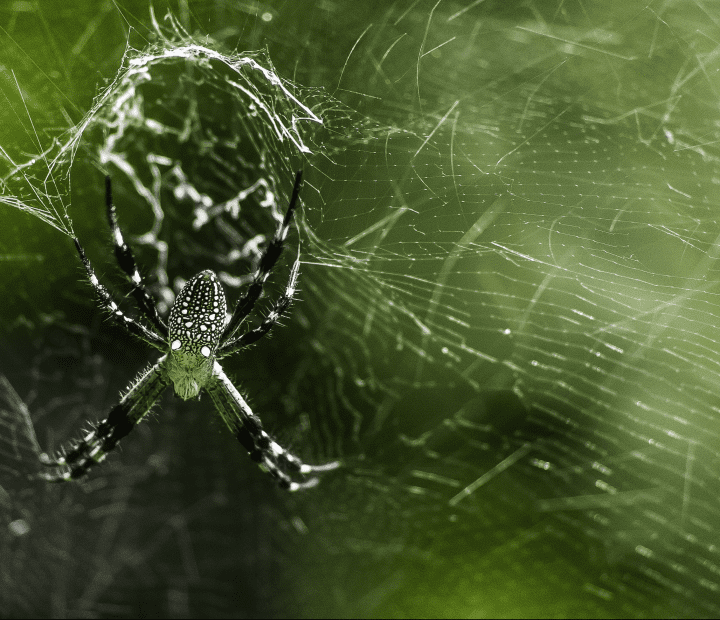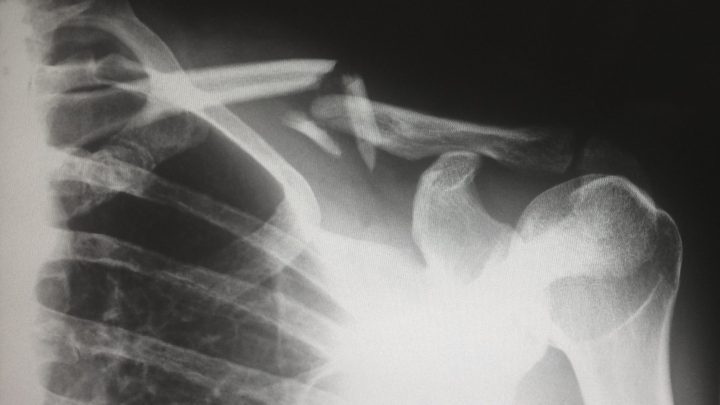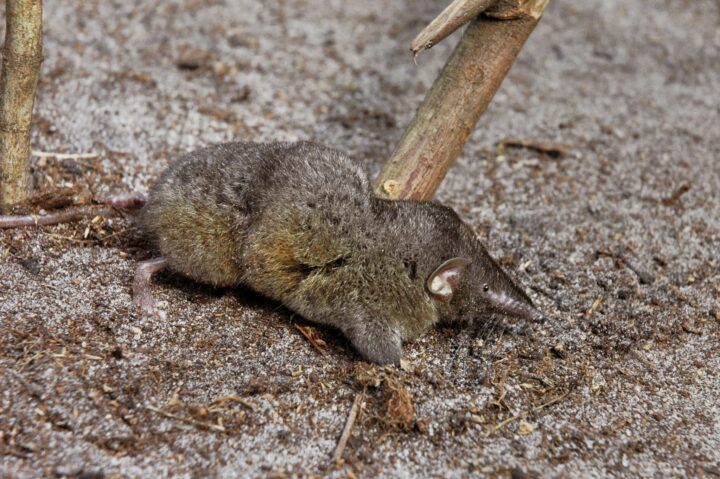Manage Impact
An impact is a high force or mechanical shock that happens over a short period of time, such as a hammer hitting a nail rather than a hand pushing slowly against a wall. Because of their speed and force, impacts don’t allow materials to slowly adjust to the force, which can lead to cracks, ruptures, and complete breakage. Therefore, living systems have strategies that can absorb, dissipate, or otherwise survive that force without the need to add large amounts of material. For example, the Toco toucan’s large beak is very lightweight, yet can withstand impacts because it’s made of a composite material with rigid foam inside and layers of a hard, fibrous material outside.
Chemically Assemble Polymers
We might think that complex polymers are the result of human industrial ingenuity, but nature cornered the market on polymers billions of years earlier. Examples of biopolymers are proteins, carbohydrates, and genetic material. In contrast to human industrial processes, within a cell, ribosomes covalently bond amino acids together to form proteins.
Prevent Fracture/Rupture
High force impact or stress can cause materials that comprise living systems to separate into two or more pieces (called fracturing) or to break or burst suddenly (called rupturing). For example, a scallop prevents structural failure from fracture because its shell is comprised of two materials of varying stiffness. When a crack moves from the scallop’s stiff material to the less stiff one, the latter reduces the force at the tip of the crack, thereby stopping it from spreading farther.
